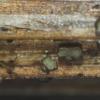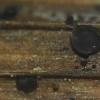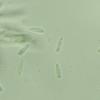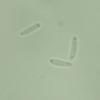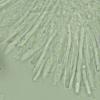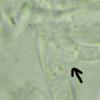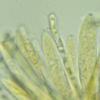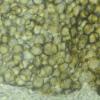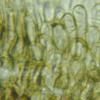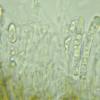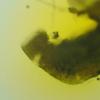
17-11-2025 21:46
Philippe PELLICIERBonjour,Récolté sur bois pourrissant de feuillu

17-11-2025 19:14
herman lambertApothécie discoïde 0.6 cm diam., orangeFace hym�

16-11-2025 21:09
 Robin Isaksson
Robin Isaksson
Anyone recognize this acc. to pictures.? Found on

14-11-2025 16:26
 Marian Jagers
Marian Jagers
Hello everyone, On dead wood of Cytisus scoparius

15-11-2025 23:22
Mario FilippaHello,this is what I think to be Hymenoscyphus mac

15-11-2025 20:25
 Riet van Oosten
Riet van Oosten
Hello, Found by Laurens van der Linde, Nov. 2025

14-11-2025 18:31
 Lothar Krieglsteiner
Lothar Krieglsteiner
Hello,can somebody provide me with a file of:Rothe

12-11-2025 09:25
 Viktorie Halasu
Viktorie Halasu
Hello, I need help with a pale terrestric Pseudom
This one was growing on a dead Polygonatum odoratum stem. There were both pale and black apos on the same stem and I think both are of the same species. The dark one's spores were slightly narrower and the oil content seemed to be a bit higher but no big difference. Both gave a vivid yellow KOH reaction.
In Gminder's key there's M. polygoni with a negative KOH reaction and M. ?polygoni with a clearly yellow reaction.
Pyrenopeziza polygoni is apparently a synonym but wouldn't the VBs and yellow reaction speak for Mollisia? That is, if this is that species. Any thoughts?
Spore measurements:
(7.6) 7.8 - 9.3 (9.7) × (2.1) 2.2 - 2.4 (2.6) µm
Q = (3.4) 3.43 - 4.2 (4.4) ; N = 15
Me = 8.7 × 2.3 µm ; Qe = 3.9

